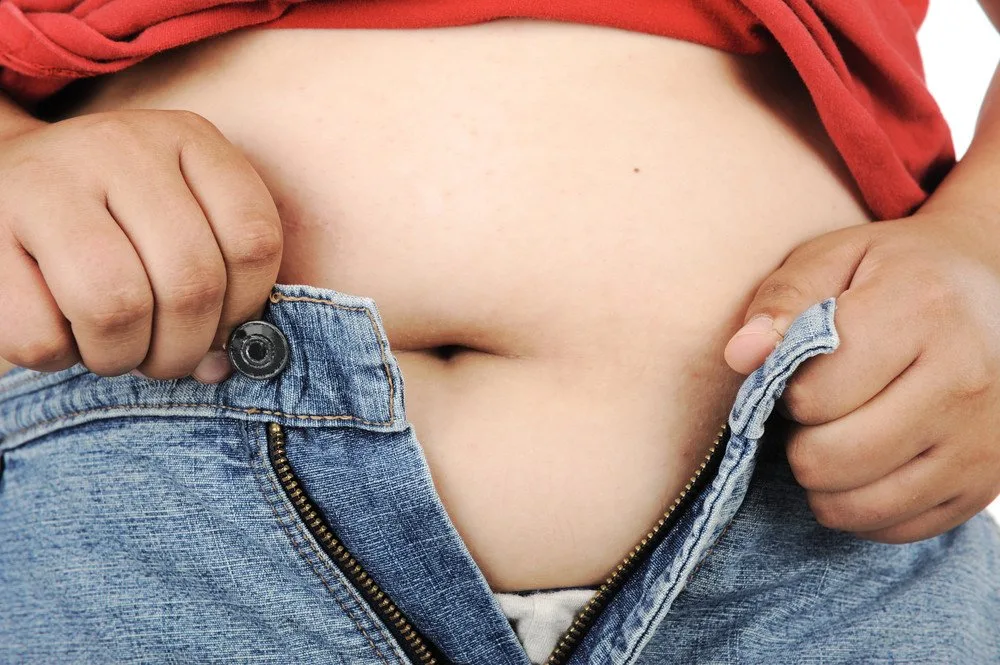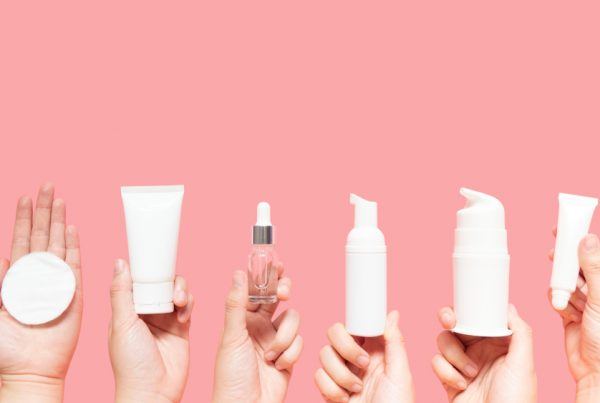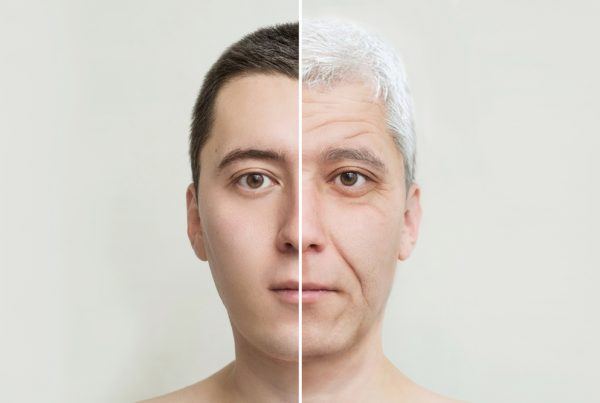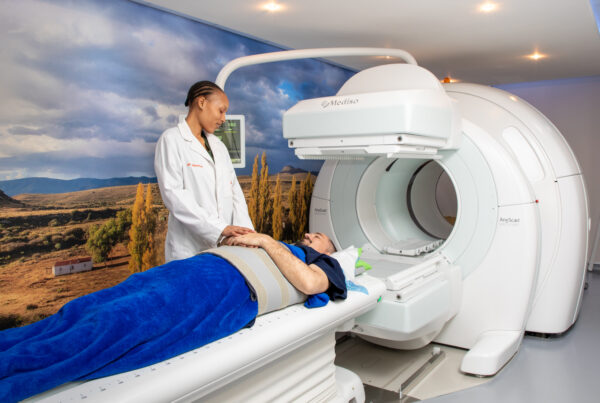Losing weight is tough. What is even tougher is trying to lose weight in certain specific areas of your body. Everyone has one (or more) annoying spots on their bodies where they seem to pile on more fat compared to other areas. This can be a different place for different people. Today we will be discussing why people tend to store fat differently, five of the hardest places to lose fat, and a solution for each of these tough areas.
Why do people store fat differently?
Every human body has a tendency to store fat in a different area. The reason this happens is that our bodies store lipids that are meant to be used as an energy source for later use. Depending on the levels of estrogen and testosterone hormones running rampant in our bodies, the exact area where this excess fat is stored varies. For instance, a man with low testosterone levels may lead to higher fat storage in the abdominal areas.
This is why as men grow older and their testosterone levels drop, they tend to develop a paunch. On the other hand, women store more fat in their bellies when their estrogen levels plummet. Many other hormones also play their roles, and it is that unique balance of all the hormones that impact where fat will be stored in your body.
What are the hardest places to lose fat from?
- Love handles and lower back
- Lower abdominals
- Thighs
- Arms
- Booty
1. Love Handles and Lower Back
Love handles and the lower back are possibly the universally agreed hardest places for one to lose fat from. What are love handles and how to lose them was one of the most searched for questions related to weight loss in 2020.
To lose love handles, you should focus on getting a sufficient amount of sleep every single night and lowering your overall stress levels. It is also essential that you focus on your daily calorie intake and pair it with at least three High-Intensity Interval Training workouts every week.
2. Lower Abdominals

Flab on the lower abdominal can be a pain to lose. It is one of the most common and first regions where bodies store fat, and it is definitely one of the last places where you lose fat during weight loss.
To trim your lower abdomen you must target exercises to cut belly fat and reduce caloric intake as well as including some cardio workouts throughout the week. You must also avoid high consumption of alcohol, and even consider cutting it out of your life altogether.
3. Thighs
The thighs are where the biggest muscles in our body are located. To lose fat on the thighs you must take advantage of these muscles and work the four areas of the legs, the hamstrings, calves, thighs, and glutes.
An added bonus of working your legs more often is that it tones and reveals your abs by cutting away belly fat.
4. Arms
Arm fat is also hard to lose, especially for women.
To tone your arms you must focus on working your shoulders, your biceps, and your triceps at least two to three times every week. You MUST also stay in a caloric deficit to melt fat and reveal more muscle. High-Intensity Interval Training and three to four hours of low-intensity steady-state cardio will help you see noticeable results. 
5. Booty
The last area on our list is definitely not the least. When one loses muscle mass on your butt, the body naturally compensates and fills it up with fat. In order to trim and shape your booty, it is highly recommended that you employ heavy compound movements, such as squats and deadlifts on leg days.
Bottom line
However, even really good isolation exercises will not assist your weight loss goals unless you are in the proper caloric deficit, and are working out regularly. You should try to consume more whole foods, more high protein foods, more soluble fiber, and cut out sugar from your diet. A good night’s sleep is also imperative in maintaining your hormonal balance which is essential for maintaining a healthy weight. If you follow the guidelines, you will lose weight as easily as a hot knife slicing through butter.



![women [longevity live]](https://longevitylive.com/wp-content/uploads/2020/01/photo-of-women-walking-down-the-street-1116984-100x100.jpg)










